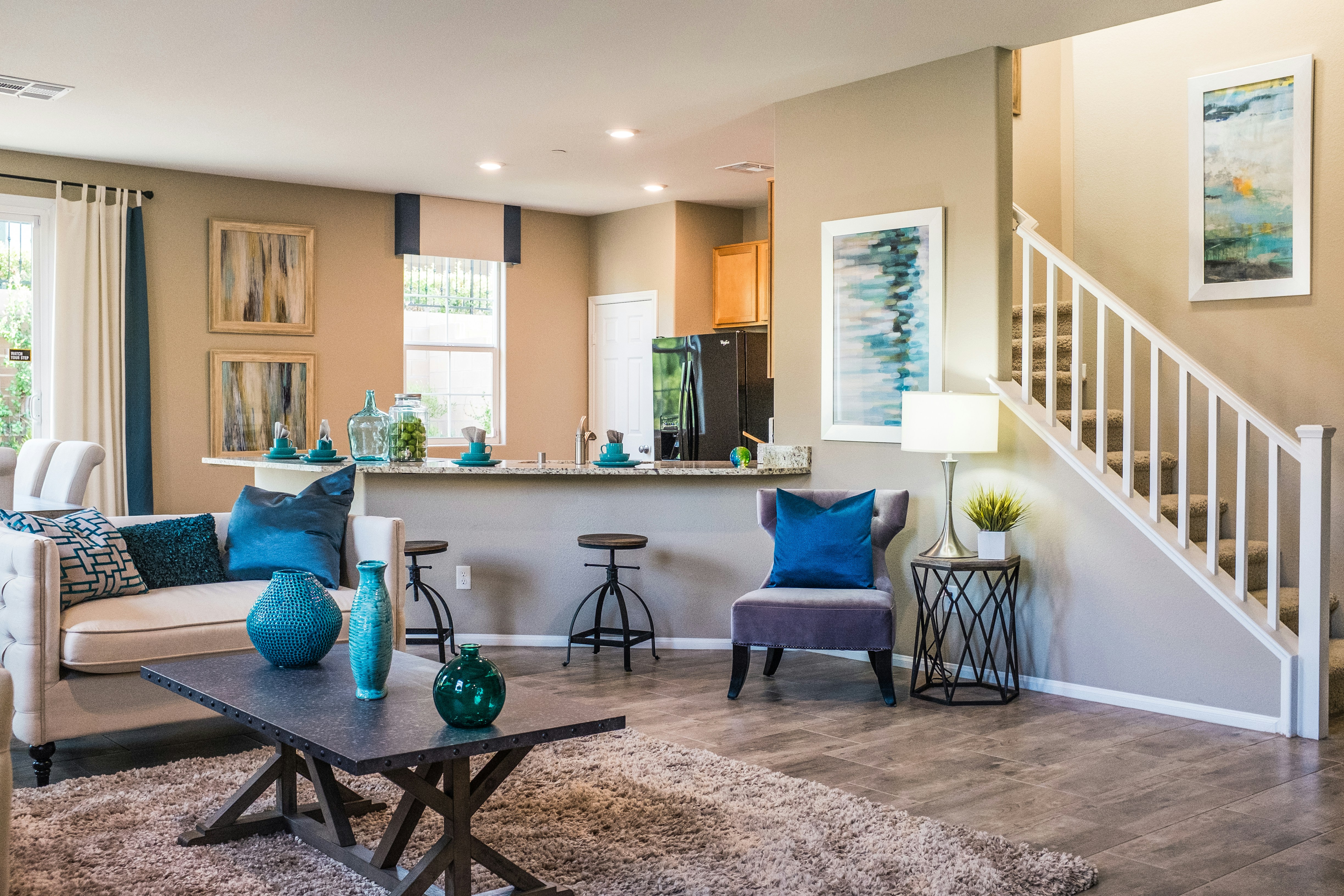
Grasping the Warranty Process for Your Custom-Built Home
Buying a custom-built home can bring excitement, but it can also raise questions about warranties. Many homeowners do not fully understand the warranty process, which can lead to confusion if issues arise. This post will explain the step-by-step warranty process, detail the types of warranties available, and emphasize their importance. By reading this article, homeowners will gain a clearer understanding of how to navigate warranties, ensuring their investment is protected and any potential problems are handled effectively.
Key Takeaways
A home warranty protects homeowners from unexpected repair costs in custom-built homes
Understanding warranty coverage areas helps homeowners manage potential expenses effectively
Communication with the builder is crucial for addressing warranty issues promptly
Documentation organization ensures a smoother warranty claim process for homeowners
Homeowners should be aware of their rights and responsibilities regarding warranty management
Understanding the Warranty Process for Custom Built Homes

A home warranty is crucial for custom-built houses, providing protection against unexpected repairs. Key warranty coverage components include air conditioning systems, plumbing, and structural elements. Understanding these elements helps customers navigate the building process smoothly, ensuring peace of mind and maintaining a good credit score in the long run.
What Is a Warranty for Custom Built Homes
A warranty for custom-built homes is a promise from the builder to the owner that certain aspects of their property will be covered for a specified time. This includes crucial elements like major systems and structural features, ensuring that the owner has protection against unexpected costs. Understanding the terms of this warranty can help homeowners make informed choices about their investment and uphold the value of their property over time.
Definition of a warranty and its importance for custom-built homes
Coverage areas typically included in the warranty
Implications for homeowners regarding costs and ownership
Key Components of Warranty Coverage for Custom Built Homes
The key components of warranty coverage for custom-built homes play a vital role in protecting homeowners after construction. These warranties typically include coverage for significant systems such as plumbing, electrical, and HVAC, along with structural elements like the foundation and drywall. Understanding these coverage areas helps homeowners manage potential costs and maintain the value of their investment, especially when navigating mortgage responsibilities.
Types of Warranties Available for Custom Built Homes

Understanding the types of warranties available for custom-built homes is essential for homeowners. Structural warranties focus on the integrity of key components like the roof and foundation, protecting against significant expenses. Systems and appliances warranties cover essential features such as plumbing and HVAC systems, ensuring peace of mind for owners after custom home building with a trusted custom home builder.
Structural Warranties Explained
Structural warranties are vital for custom homes, as they provide assurance that key components, like the foundation and roof, are safe and reliable. These warranties often stem from the implied warranty of habitability, which protects homeowners against defects that could impact the property's value. A well-defined contract covering structural aspects can prevent unexpected debt from costly repairs, ensuring homeowners can confidently navigate their investments.
Systems and Appliances Warranties Overview
Systems and appliances warranties are key components of the home warranties offered in custom home construction. These warranties typically cover essential features such as plumbing systems, heating and cooling equipment, and major kitchen appliances. Understanding these warranties helps homeowners protect themselves against unexpected repair costs, ensuring their new construction home remains comfortable and functional without burdening their finances.
The Importance of a Warranty for Custom Built Homes

A home warranty is vital for protecting investments in custom-built homes. It offers peace of mind by covering potential repair costs. Common misconceptions about these warranties may lead homeowners to overlook their importance. Understanding these misconceptions and knowing how a warranty can safeguard one’s home helps homeowners make informed decisions about their properties.
Protecting Your Investment With a Home Warranty
Investing in a custom-built home requires careful consideration, and a home warranty plays a critical role in this process. It protects against unexpected repair costs, ensuring owners can afford necessary fixes without financial strain. For instance, if a plumbing issue arises shortly after construction, the warranty can cover repairs, allowing homeowners to focus on enjoying their new space rather than worrying about costly expenses.
Common Misconceptions About Home Warranties
Many homeowners mistakenly believe that a home warranty only covers major issues like roof damage or structural problems. In reality, home warranties often extend to various systems and appliances, including plumbing and electrical work. Recognizing these details can help homeowners avoid costly surprises down the line and appreciate the full value of their warranty protection.
Step-by-Step Guide to the Warranty Process

The warranty process for a custom-built home involves several key steps that ensure homeowners receive the best protection possible. It begins with the initial warranty inspection, where potential issues are identified. Next, filing a warranty claim successfully outlines the necessary steps for addressing concerns. Finally, understanding response times and expectations helps homeowners gauge how quickly to expect solutions. Each segment is vital for managing a smooth warranty experience.
Initial Warranty Inspection Process
The initial warranty inspection process is a crucial step for homeowners of custom-built homes. During this inspection, a qualified professional examines various aspects of the home for any potential issues, focusing on areas covered by the warranty. This early assessment helps identify problems before they become more significant, giving homeowners peace of mind and allowing them to address concerns promptly to avoid costly repairs later.
Filing a Warranty Claim Successfully
Successfully filing a warranty claim requires clear communication and proper documentation. Homeowners should begin by gathering all relevant information, such as the warranty details, descriptions of the issue, and any supporting photos. This preparation helps ensure that claims are processed quickly and efficiently, allowing homeowners to resolve problems without unnecessary delays.
Understanding Response Times and Expectations
Understanding response times and expectations is key for homeowners during the warranty process for their custom-built home. Typically, builders will provide a timeline for how long it will take to address claims, ranging from a few days to several weeks, depending on the issue. By knowing these timeframes, homeowners can plan accordingly and manage their own expectations, reducing frustration and ensuring a smoother resolution process.
Frequently Asked Questions About Warranties for Custom Built Homes

Understanding the warranty process for custom-built homes includes knowing how long the warranty lasts and what issues it typically covers. Homeowners can expect to learn about the duration of warranty protection and the specific problems that are included in this coverage. This knowledge helps ensure owners are well-prepared to manage any potential repairs needed during their ownership.
How Long Does a Warranty Last?
The warranty length for custom-built homes typically ranges from one to ten years, depending on the specific terms outlined by the builder. Most builders offer limited warranties for major structural elements lasting around ten years, while warranties for systems like plumbing or electrical may be shorter, usually between one to five years. Homeowners should review the warranty documents carefully to understand the coverage period for different aspects of their new home.
The warranty duration can vary widely.
Major structural components often have longer coverage.
Systems like plumbing and electrical usually feature shorter warranties.
What Issues Are Typically Covered?
Warranties for custom-built homes typically cover various important issues that can arise after construction. Major systems, such as plumbing, electrical, and HVAC, are commonly included to protect homeowners from unexpected repair costs. Additionally, structural components like the roof, foundation, and load-bearing walls are usually covered, helping to safeguard the home's overall integrity and offering reassurance to owners about their investment.
Best Practices for Homeowners With Custom Built Homes
Homeowners of custom-built homes should focus on a few best practices to manage their warranty effectively. Keeping documentation organized helps track important information related to repairs and coverage. Maintaining open communication with the builder ensures any concerns are addressed promptly. Lastly, understanding rights and responsibilities is crucial for navigating the warranty process smoothly and protecting investments.
Keeping Documentation Organized
Keeping documentation organized is crucial for homeowners with custom-built homes. It helps them track warranty information, repair records, and communication with builders, making the warranty process smoother. By storing documents in a single location, homeowners can quickly access important details when filing claims or addressing issues, ensuring they protect their investment efficiently.
Maintaining Communication With Your Builder
Maintaining communication with the builder is essential for building custom houses. Regular check-ins can help address potential issues early, ensuring that any concerns about warranty coverage are handled promptly. For instance, if a homeowner notices a plumbing problem soon after moving in, contacting the builder immediately can lead to quicker resolutions, keeping repair costs down and preserving the home's value.
Understanding Your Rights and Responsibilities
Homeowners of custom-built homes have specific rights and responsibilities that are important to understand for effective warranty management. These rights include the ability to request timely repairs under the warranty terms, while homeowners must also uphold responsibilities such as reporting issues promptly and maintaining correspondence with the builder. By being proactive and informed, homeowners can navigate the warranty process smoothly and ensure their new home remains a valuable investment.
Conclusion
Understanding the step-by-step warranty process for custom-built homes is essential for protecting one’s investment and ensuring a smooth experience. Homeowners must proactively communicate with builders, stay organized, and know their rights and responsibilities. Doing so helps manage repairs efficiently and avoids unexpected costs down the line. By being informed, homeowners can enjoy their new space with confidence and peace of mind.


